 "user314" (user314)
"user314" (user314)
08/28/2020 at 11:00 • Filed to: flightline, Planelopnik, planelopnik history, the fifties, Airliners
 2
2
 6
6
 "user314" (user314)
"user314" (user314)
08/28/2020 at 11:00 • Filed to: flightline, Planelopnik, planelopnik history, the fifties, Airliners |  2 2
|  6 6 |
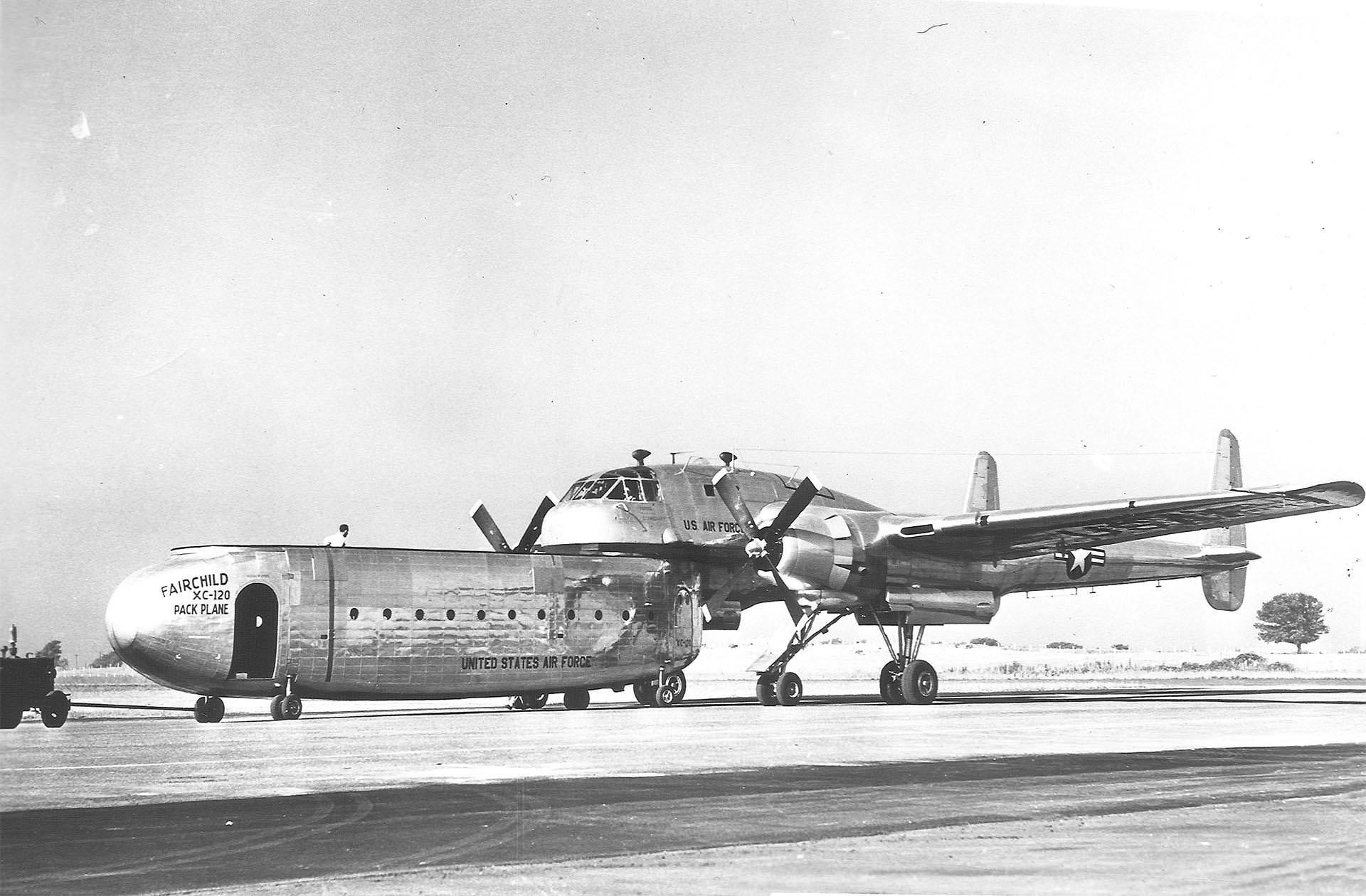
The sole XC-120 Packplane, showing the detachable cargo pod
Location unknown (possibly !!!error: Indecipherable SUB-paragraph formatting!!! , Florida), 1950-51
!!!error: Indecipherable SUB-paragraph formatting!!! had developed the !!!error: Indecipherable SUB-paragraph formatting!!! in the early post-WWII period, and by 1955 more than one thousand one hundred had been built. Looking to further advance the “boxcar with wings” idea, Fairchild took a C-119B fuselage (USAF no. 48-330) and split the fuselage just below the flight deck. The wings between the fuselage and engine nacelles/tail booms were modified to an inverted gull design, the nose landing gear was eliminated, and the main landing gear were modified with a second arm and wheel boogie to support the fuselage. The resulting !!!error: Indecipherable SUB-paragraph formatting!!! , nicknamed the “Packplane”, was touted as being easier and faster to load, with additional types of pods (medivac, gun, mobile command center, dedicated heavy cargo, dedicated passenger) being considered. The idea was to deliver the pod to a forward airfield, then depart while ground crews unloaded the pod while the airplane returned to its base for another pod. Cargo and passengers could be pre-loaded, allowing the plane to land and taxi to a loading area, at which point the pod would be raised up and locked to the fuselage. An inflatable air seal would then seal the joint and the Packplane could then take off again with minimal lag between missions.
The XC-120 was flown to Eglin for testing in late 1950, and it also made appearances at various airshows, Testing revealed that the plane flew well enough with a pod attached, but that is was wildly unstable without one; flight engineer James Winnie remarked “Glad they only made one” when asked about his flights on the Packplane. Overwhelmed with C-119 orders, as well as subcontracting work on the B-52, among other planes, Fairchild was unable concentrate on the XC-120 to correct its deficiencies (though the USAF did set aside the C-128 designation for an operational version), and the project was abandoned in 1952, with the plane itself scrapped soon afterwards.
!!! UNKNOWN CONTENT TYPE !!!
The “pod” idea has cropped up multiple times in aviation, with the Sikorsky
!!!error: Indecipherable SUB-paragraph formatting!!!
and
!!!error: Indecipherable SUB-paragraph formatting!!!
Skycrane or Flying Crane being the most successful.
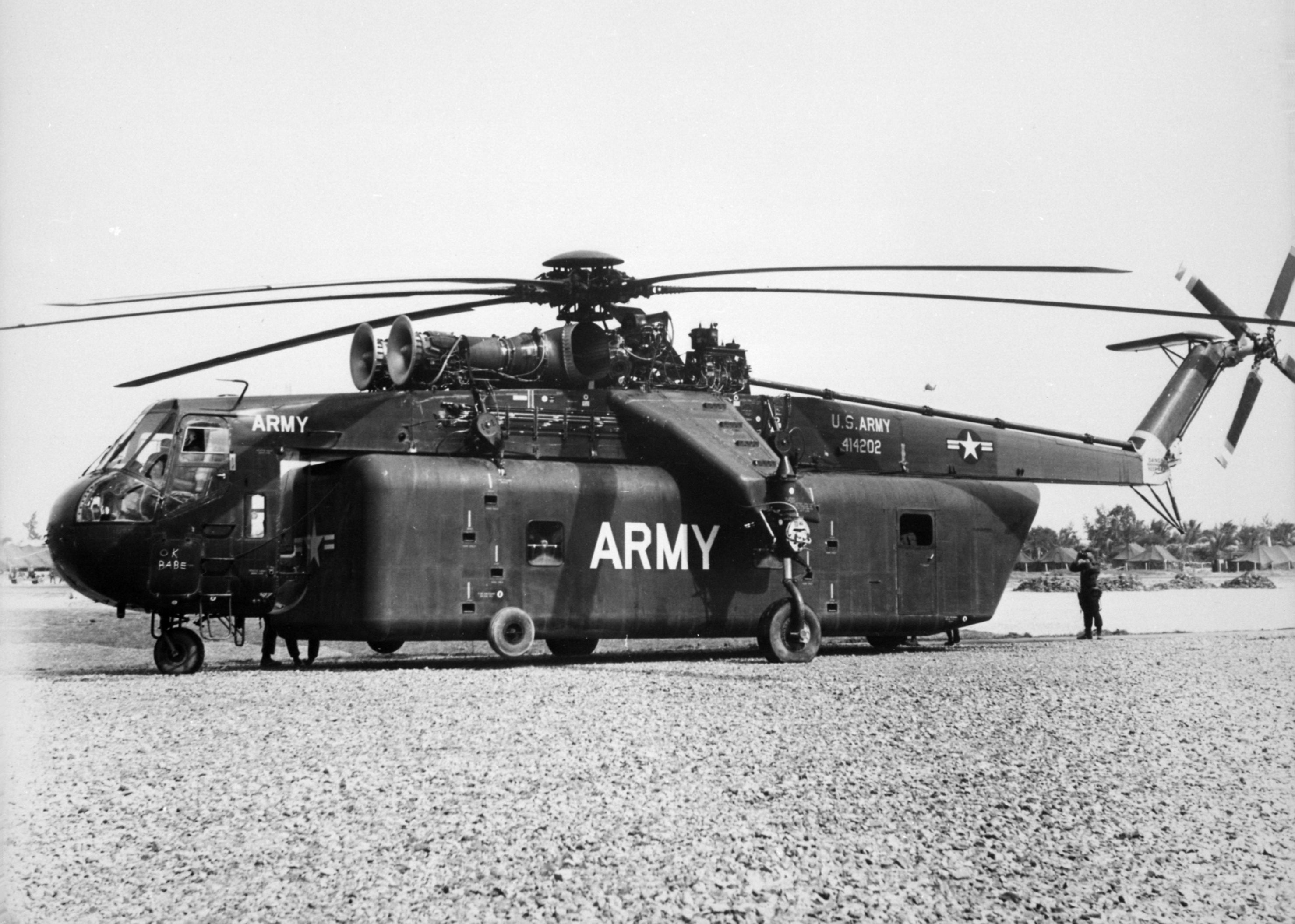
A CH-54 Tarhe fitted with a cargo pod while serving in Vietnam
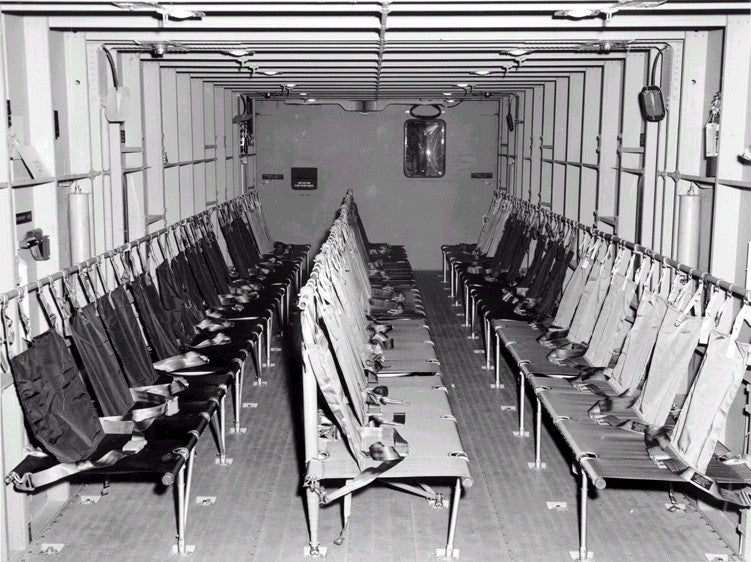
Interior of a Tarhe passenger pod
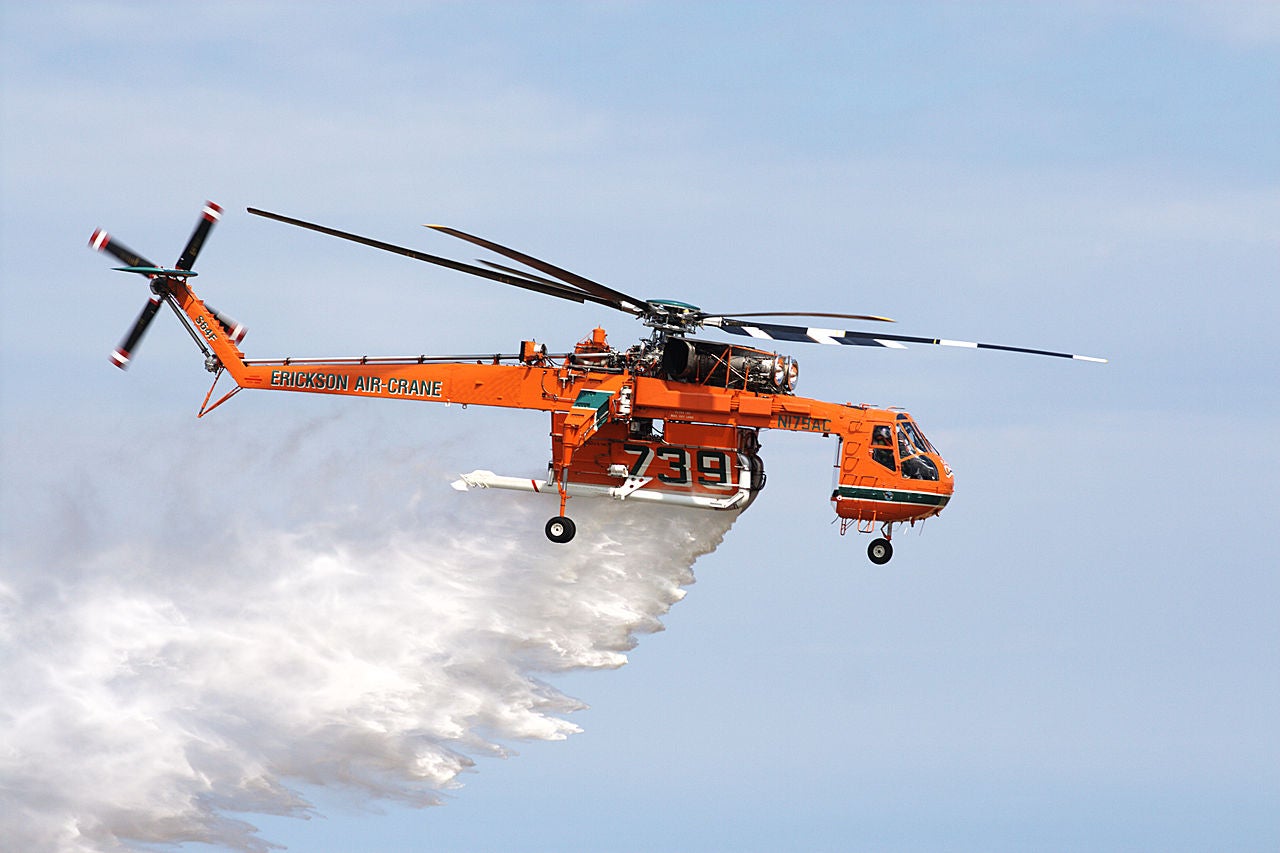
An S-64 Skycrane, now produced by Erickson Air Crane, fitted with a fire-fighting pod
In the early 2000s the Air Force Research Labs also considered the concept under the Modular Aircraft Support Systems program, while the
!!!error: Indecipherable SUB-paragraph formatting!!!
has proposed a plane known as the Clip-Air, which would be a flying wing that housed the cockpit, fuel tanks and engines, while up to three pods could be affixed, each carrying more fuel, cargo or passengers.
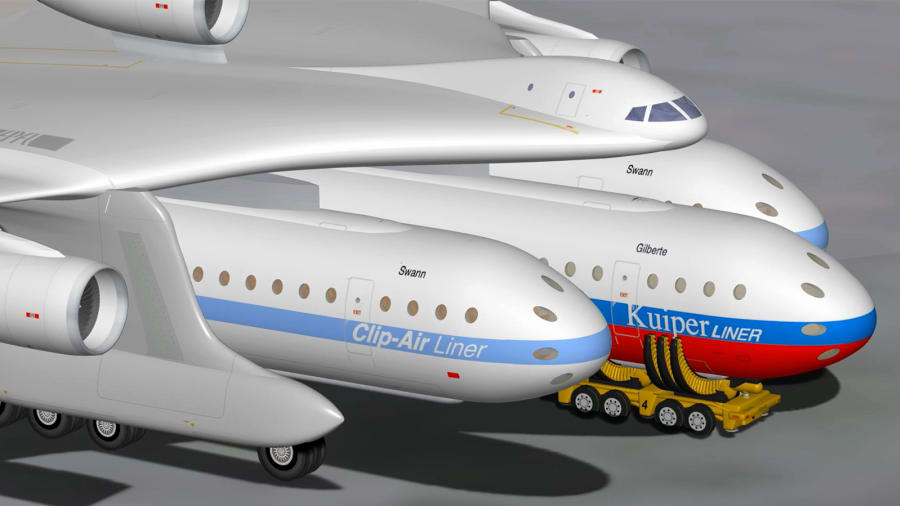
Rendering showing the Clip-Air BWB with three passenger pods attached
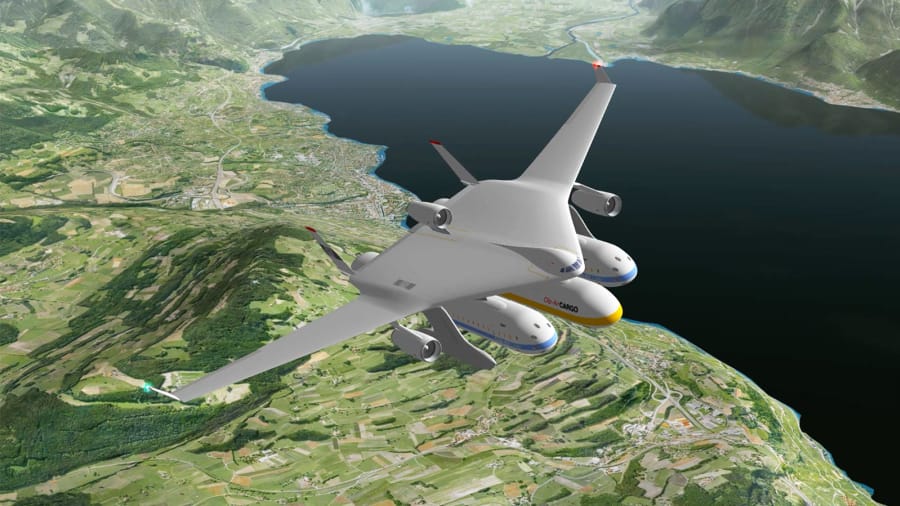
Rendering of a Clip-Air airliner in flght
Airbus researched the idea with its !!!error: Indecipherable SUB-paragraph formatting!!! eVTOL prototype, and Dorsal Aircraft has envisioned an autonomous aircraft, based on the venerable C-130, which could pick up ISO standard cargo containers and fly them to the destination without human intervention.
 Merkin Muffley
> user314
Merkin Muffley
> user314
08/28/2020 at 11:07 |
|
Get a room!
 CalzoneGolem
> user314
CalzoneGolem
> user314
08/28/2020 at 11:49 |
|
The thumbnail looks kinda like an x-w ing.
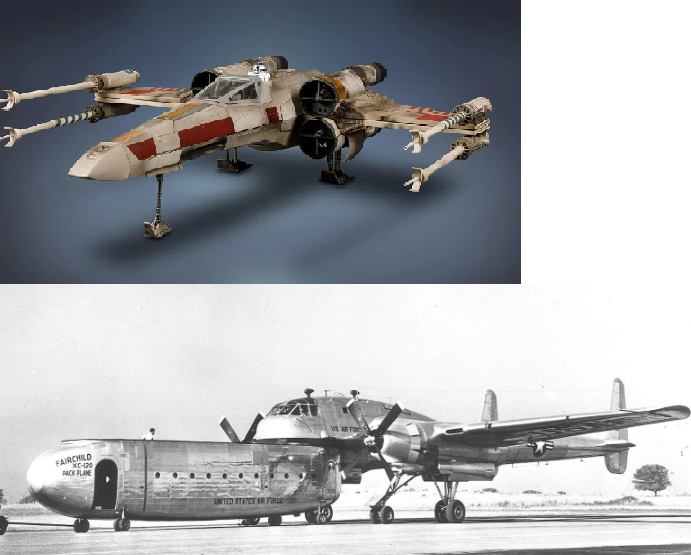
 benn454
> user314
benn454
> user314
08/28/2020 at 12:56 |
|
Wow, and I thought the Super Guppy was weird...
 user314
> benn454
user314
> benn454
08/28/2020 at 13:41 |
|
Guppies weren’t even the tip of Conroy’s weirdness:
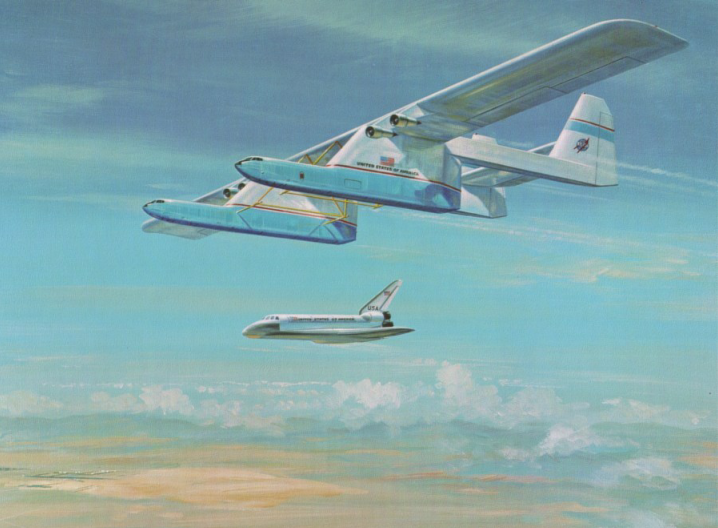
Yeah, that’s two B-52s under a massive wing, dropping the Enterprise .
 benn454
> user314
benn454
> user314
08/28/2020 at 19:44 |
|

What small country do you park that thing in?
 user314
> benn454
user314
> benn454
08/28/2020 at 23:42 |
|

Rogers Dry Lake. It’s 19 klicks the long way, and (probably) would have supported the Virtus’ 850,000 pound weight. Then again, I don’t think minor issues like “practicality “ or “physics" entered John Conroy's mind. He figured the Virtus could be built for about $12 million, after all.